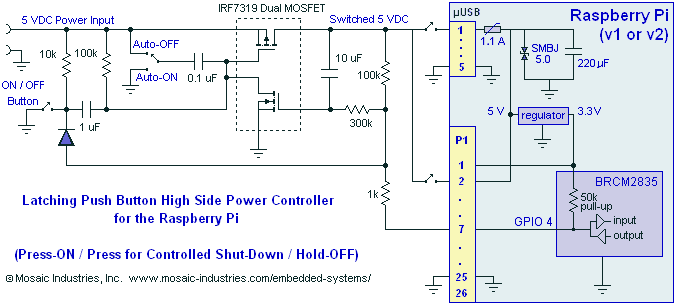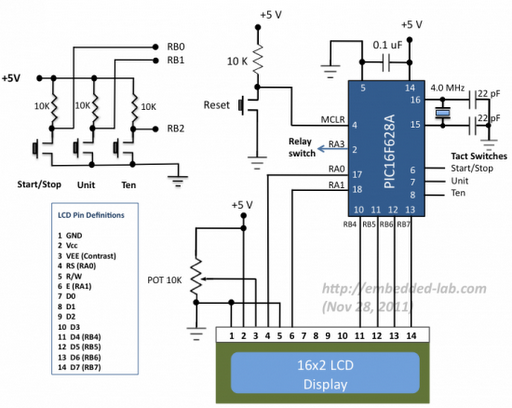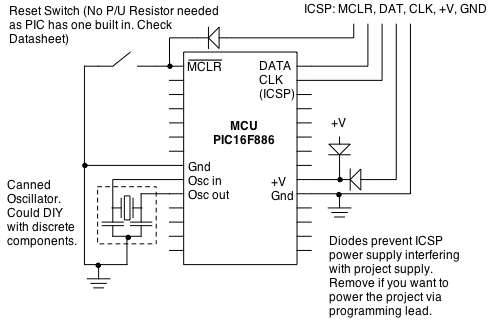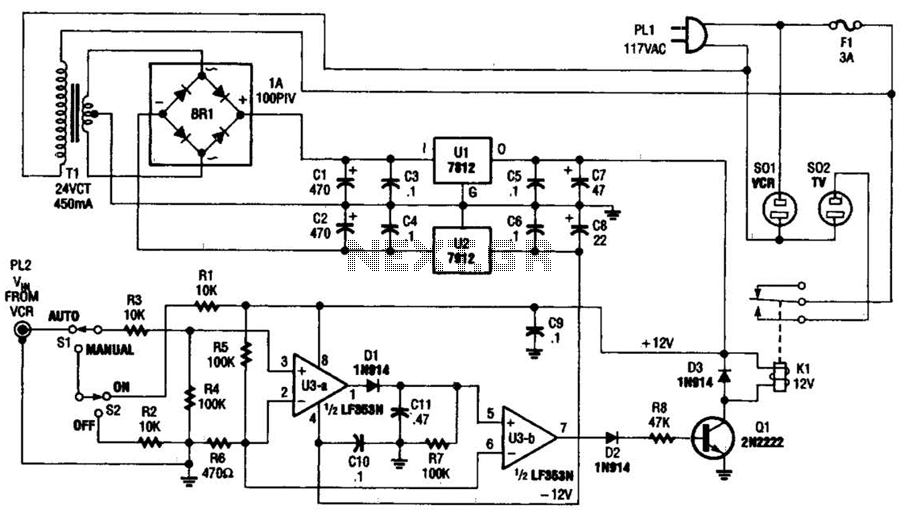
supervisory control relay
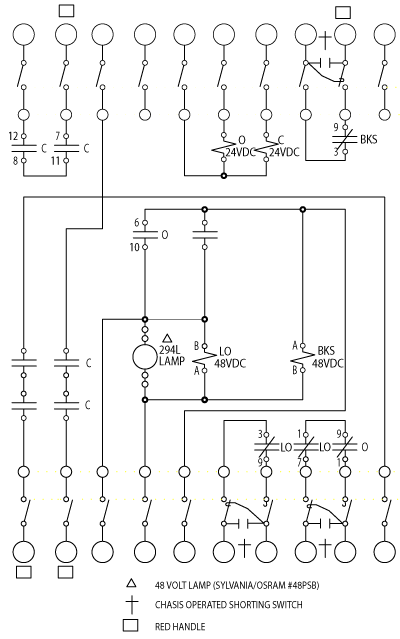
This SCADA controller is designed for use with distribution (13.2 kV/4.8 kV) substation transformer breaker positions where an automatic throw-over is present. The RTU voltage is 24V DC. The breaker status and lockout relays operate at 48V DC.
The SCADA controller functions as a critical component in managing and monitoring electrical distribution systems, particularly in substations where transformer breaker positions are employed. The controller is engineered to handle voltages typical of distribution networks, specifically rated for 13.2 kV and 4.8 kV.
The controller operates with a remote terminal unit (RTU) that requires a supply voltage of 24V DC. This low voltage is essential for ensuring safe operation and compatibility with various sensors and communication devices integrated into the SCADA system. The 24V DC supply is commonly derived from battery backup systems or dedicated power supplies to maintain functionality even during power outages.
In addition to the RTU, the controller interfaces with breaker status and lockout relays that operate at a higher voltage of 48V DC. These relays are crucial for providing feedback on the status of the breakers, indicating whether they are open or closed, and for implementing safety measures such as lockout protocols to prevent accidental operation during maintenance or fault conditions.
The design of the SCADA controller includes features for automatic throw-over, which allows for seamless switching between power sources or configurations in the event of a fault or maintenance requirement. This capability enhances the reliability and resilience of the electrical distribution system, ensuring continuous power delivery while minimizing downtime.
Overall, this SCADA controller is a sophisticated device tailored for high-voltage substation applications, equipped with robust features to enhance operational efficiency, safety, and reliability in managing electrical distribution networks.This SCADA controller is designed for use with distribution (13. 2kV/4. 8kV) substation transformer breaker positions where an automatic throw-over is present. The RTU voltage is 24V. DC. The breaker status and Lockout relays operate at 48V. DC. 🔗 External reference
The SCADA controller functions as a critical component in managing and monitoring electrical distribution systems, particularly in substations where transformer breaker positions are employed. The controller is engineered to handle voltages typical of distribution networks, specifically rated for 13.2 kV and 4.8 kV.
The controller operates with a remote terminal unit (RTU) that requires a supply voltage of 24V DC. This low voltage is essential for ensuring safe operation and compatibility with various sensors and communication devices integrated into the SCADA system. The 24V DC supply is commonly derived from battery backup systems or dedicated power supplies to maintain functionality even during power outages.
In addition to the RTU, the controller interfaces with breaker status and lockout relays that operate at a higher voltage of 48V DC. These relays are crucial for providing feedback on the status of the breakers, indicating whether they are open or closed, and for implementing safety measures such as lockout protocols to prevent accidental operation during maintenance or fault conditions.
The design of the SCADA controller includes features for automatic throw-over, which allows for seamless switching between power sources or configurations in the event of a fault or maintenance requirement. This capability enhances the reliability and resilience of the electrical distribution system, ensuring continuous power delivery while minimizing downtime.
Overall, this SCADA controller is a sophisticated device tailored for high-voltage substation applications, equipped with robust features to enhance operational efficiency, safety, and reliability in managing electrical distribution networks.This SCADA controller is designed for use with distribution (13. 2kV/4. 8kV) substation transformer breaker positions where an automatic throw-over is present. The RTU voltage is 24V. DC. The breaker status and Lockout relays operate at 48V. DC. 🔗 External reference
